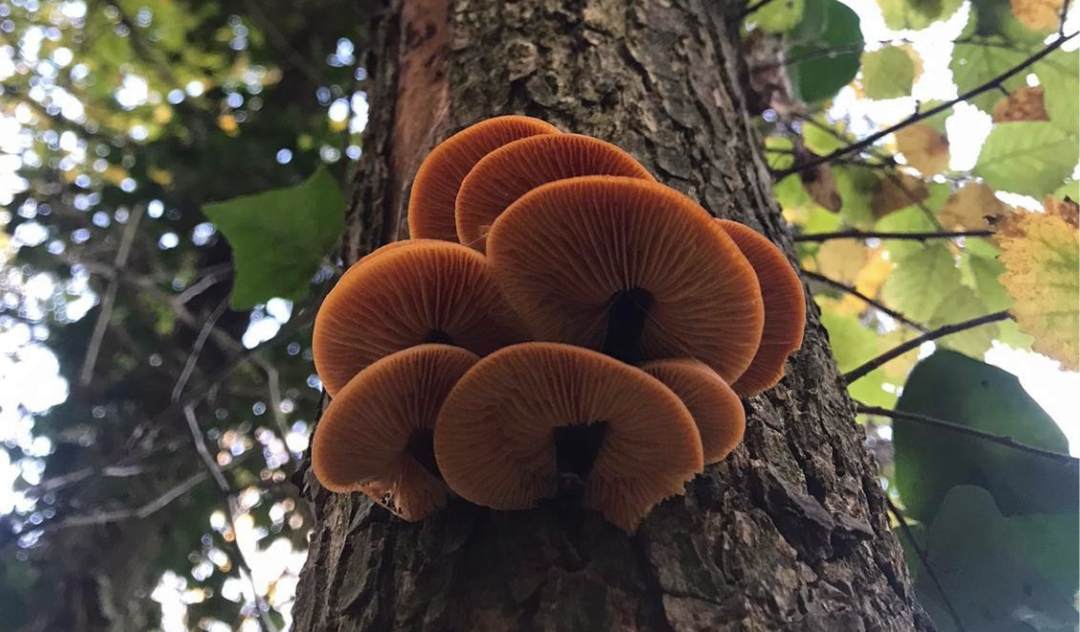
Fungi - a friend of the Forest
As autumn throws a cool, damp sheet over the Heart of England Forest, it makes for the perfect conditions for a fantastic array of fungi to begin fruiting. Visitors will begin to see a host of different species of toadstools and mushrooms springing up across the Forest floor or clinging to trees, but there is so much more to fungi than meets the eye.
An underground marvel
The visible presence of fungi above ground is only a part of the extraordinary work being done under the earth’s surface by the network of woodland life. Fungi plays an integral part in nature’s recycling processes by helping to break down nature’s waste, such as dead wood and leaf matter.
A vast majority of trees form symbiotic, or mutually beneficial, mycorrhizal partnerships (the word comes from the Greek ‘mykes’ meaning fungus and ‘rhiza’ meaning root) with fungi. Below ground, fungi recycle all the nutrients from surface debris and redistribute them through a vast network of interconnecting threads or hyphae, in the soil, to the trees and plants above. This is known as a mycelial network. It acts as a second root system for associated tree and plant life, contributing vital extra nourishment to ensure their health.
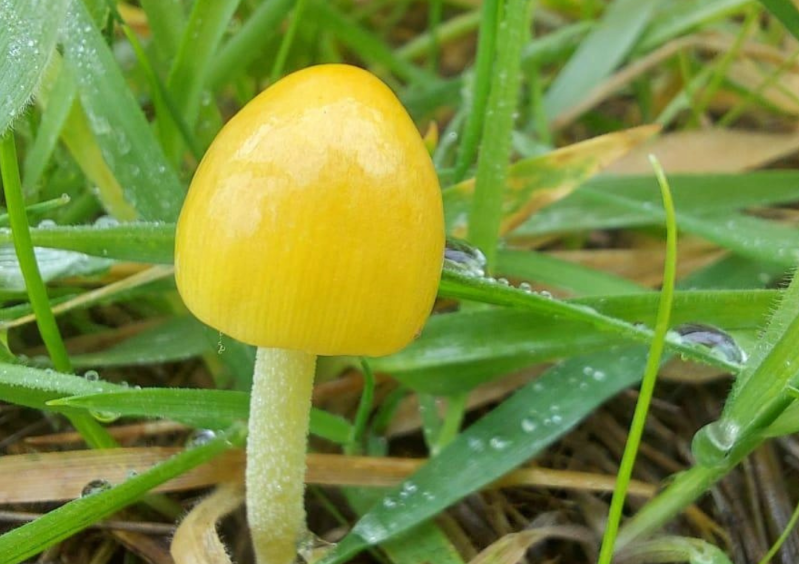
A friend of the Forest
The mycelial network below ancient woodland continues to grow and the mutually beneficial relationship between trees, plants, and fungi, helps forests to flourish. It is essential to help this relationship, and we can do this by increasing the tree population. Here at the Heart of England Forest, our ongoing mission to create a 30,000 acre Forest of new trees alongside existing mature and ancient woodland, along with other habitats such as meadows and wetlands, will allow the mycelial network to expand and thrive for centuries to come.
However, not all fungi have a mutually beneficial relationship with plants. Parasitic fungi live off, or at the expense of, their living host and in many cases cause its death. Generally, though, they only attack unhealthy or stressed trees, and in a woodland, this is all part of a healthy ecosystem. Saprophytic fungi live on dead organic matter such as fallen branches, leaf-mould, or dead trees. These fungi are important in the Forest as they start the decay process and make it easier for other plants and creatures to access the nutrients locked up in dead plants.
Fungi species to spot in the Forest
Fungi come in all shapes, sizes and colours, and the sharp-eyed visitor to the Heart of England Forest this autumn and winter should be able to spot plenty. Here are just a few of the species that might be on show. We do ask that you do not forage or pick them but leave them to be enjoyed by all.
Sulphur tuft

A very common autumn mushroom, found in clumps on deadwood. The poisonous sulphur tuft is easy to spot across all our woodlands due to its bright colour. Its domed caps become flatter with age and are a yellow colour with reddish-brown centres, but it can be a difficult species to identify as its appearance can vary, look out for a greenish tinge to the gills.
Jelly ear
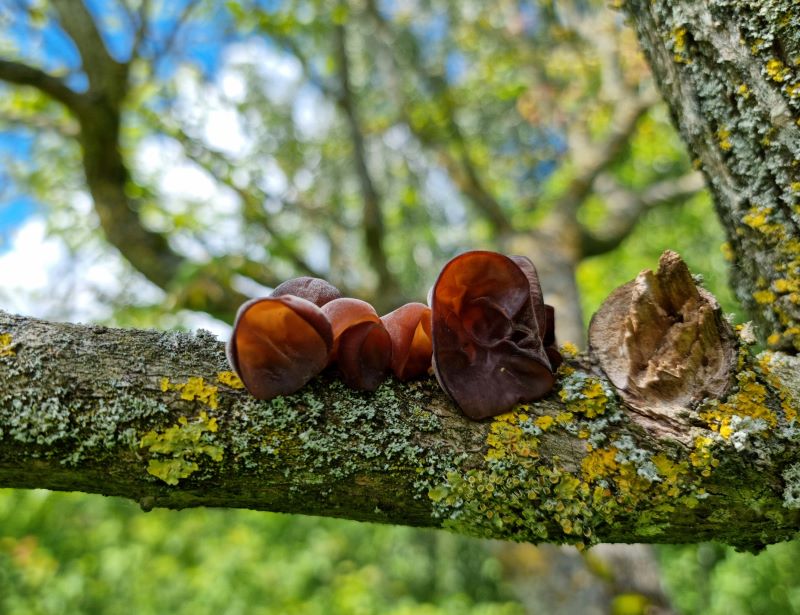
So named because of its jelly-like texture and ear-like appearance, it mainly grows on dead elder trees and on fallen branches. It appears across the damp, shady areas of the Forest during most wet spells. It’s also known as Judas’s Ear in reference to the legend that Judas hanged himself on an elder tree out of shame after betraying Jesus, and that the fungal ‘ears’ that emerge from elder woods are visible residues of Judas’ tormented spirit.
Stinkhorn
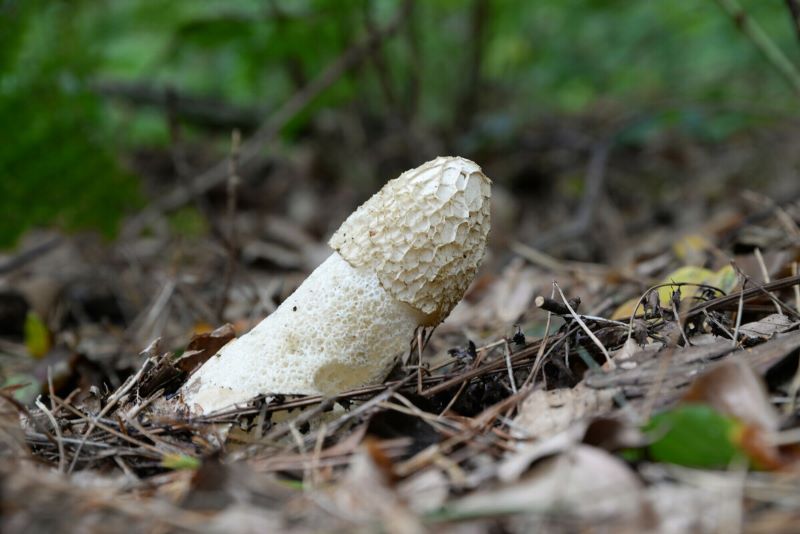
Look out for common stinkhorn in mature broadleaf woodlands like Bannams Wood or Roberts Wood, summer to autumn. This interestingly shaped fungus is once smelt never forgotten! The distinctive smell, used to attract flies which spread the spores, is almost overshadowed by the unusual shape – no surprise that its Latin name is Phallus impudicus!
Fly agaric
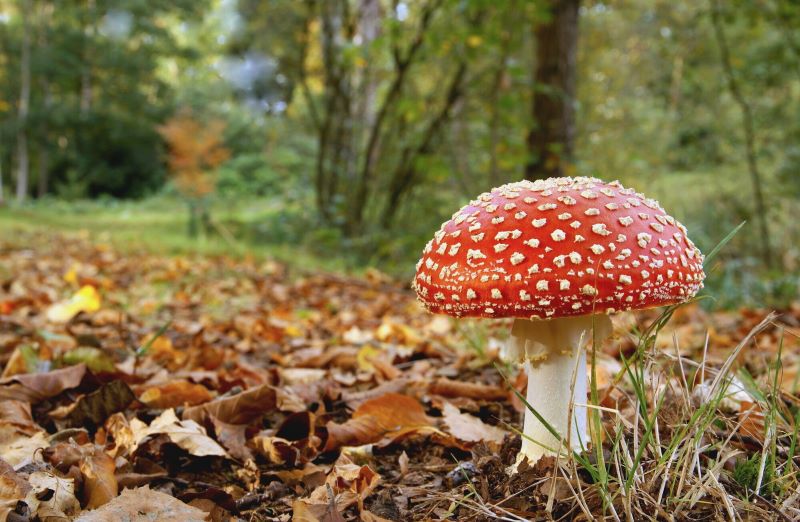
A toadstool that would not look out of place with a fairy atop it, the fly agaric is conspicuous for its toadstool shape and vibrant red or orange colour, often punctuated by a mass of white wart-like spots. Fly agaric is commonly associated with birch, pine, or spruce woodlands. Look out for it along the bridleway in Coughton Park.
Candle snuff
Also known as stags’ horn fungus, this species can be found on dead stumps all year round but is more easily spotted in autumn and winter. This saprophytic fungus is common, but easily missed. The leathery black stem and powdery white multi pointed top is said to resemble snuffed out candle wicks or stags’ antlers, hence the names. Once you have spotted them for the first time you will find them again and again. The best place to find these in the Forest are in Roberts Wood and Colletts Wood.
Did you know?
- There are over 1.5 million documented species of fungi around the world, and it is thought that up to 90% may still be undiscovered
- Without fungi we would have no yeast to help the fermentation process of beer or wine
- Scientists are investigating the possible use of fungi to break down plastic.



